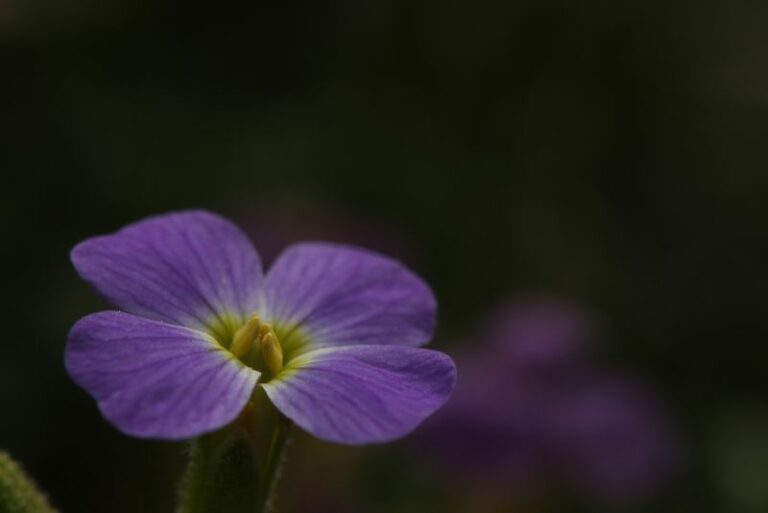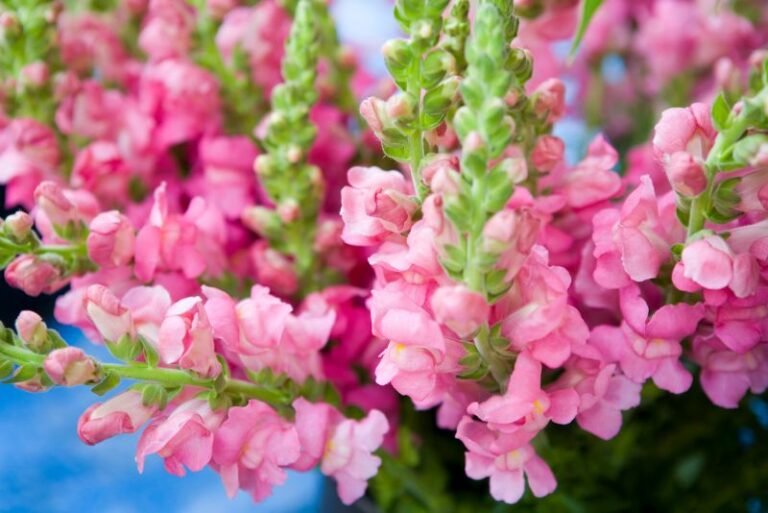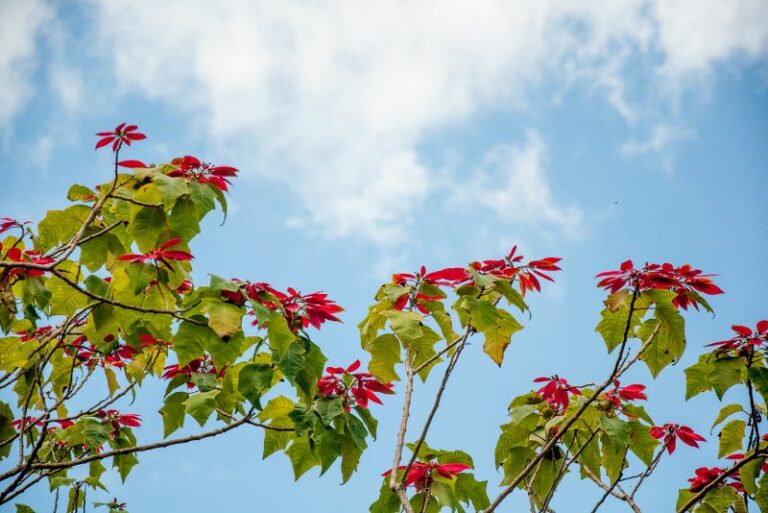The Importance of Deadheading Fuchsias
Fuchsia gardening opens the door to a world of vibrant colors and whimsical blooms. Yet, the key to unlocking the full potential of these stunners is often a seemingly small action: deadheading. In this comprehensive guide, we delve into the art and science of deadheading fuchsias — one of the most impactful practices every fuchsia enthusiast should master.
Understanding Deadheading: More Bloom for Your Buck

What is Deadheading?
Deadheading is the horticultural practice of removing faded or dead flowers from plants. This technique encourages the plant to produce more flowers by preventing seed formation, redirecting energy, and maintaining plant aesthetics.
When it comes to fuchsias, deadheading prolongs the flowering season and can result in additional bursts of blossoms. Most fuchsia varieties, ranging from the trailing to the upright, are prolific bloomers that adore a little grooming intervention.
The Anatomy of a Fuchsia Bloom
Before we dive into the benefits and the how-to, it’s essential to understand how a fuchsia bloom operates. A fuchsia flower consists of the ovary (which will become a seed pod), a style, and a stigma — parts crucial for seed production. By removing the spent blooms before seeds develop, you encourage the plant to produce more flowers.
Benefits of Deadheading Fuchsias
Encouraging Continuous Blooming
Fuchsias are naturally programmed to produce seeds once the flowers have been pollinated. Deadheading interrupts this cycle, signaling the plant to put its energy into growing new flowers, thus extending the flowering period.
Aesthetic Appeal
A garden adorned with freshly deadheaded fuchsia plants is a sight to behold. Not only does it maintain a tidy and groomed appearance, but it also ensures that only the most vibrant and vigorous blooms take center stage.
Seed Control
Excessive seed production can drain the plant’s resources and reduce floral output. By deadheading, you not only prevent your fuchsias from going to seed, but you also help them conserve energy for strong root and stem development.
How to Deadhead Fuchsias: The Three-Cut Rule
Preparation
Start by selecting the flowers that have wilted or are starting to fade. Ensure you have clean, sharp pruning shears or scissors. If you’re working with delicate or smaller fuchsias, clean up will suffice.
The First Cut
Locate the flower stem beneath the spent bloom. This is usually a slender stem that may also have tiny buds. Trim this stem as close to the plant as possible without cutting into any leaves or main stems. Make the cut cleanly and at a slight angle to mimic nature and avoid water pooling on the cut surface.
The Second Cut
After you’ve removed the wilted flowers, you might notice a small branch with a Y-shaped fork where you made your first cut. This is the perfect spot for your second cut. Snip off this branch just above the nearest bud that faces outward.
The Third Cut
For gardeners dealing with bushier fuchsias, they might notice the stem may branch into multiple directions. In this case, after the first and second cuts, trim the remaining part of the stem to its origin or until you reach a set of leaves.
By following the three-cut rule, you ensure the fuchsia looks tidy, the plants are encouraged to be more bushy, and energy is redirected to the growth of new branches and blooms.
Fuchsia Deadheading: Common Pitfalls to Avoid
Over-Pruning
Some gardeners may get overzealous, leading to over-pruning. Avoid cutting indiscriminately, as this can stress the plant and reduce its ability to store energy.
Neglecting Regular Maintenance
Deadheading, like many gardening tasks, is best done on a routine basis. Waiting too long between sessions can allow the plant to divert energy into seed production, slowing down the bloom cycles.
Time and Timing
Selecting the right time to deadhead is as vital as the technique itself. Aim to deadhead in the morning or early afternoon when plants are hydrated, and it’s cooler. Additionally, you should deadhead as soon as the flower has passed its peak, to prevent seed production efficiently.
Fuchsia Deadheading: Tools and Tricks
Tools of the Trade
For larger fuchsias and heavy pruning needs, a good pair of bypass pruners can make the job easier. They provide a cleaner cut and are less likely to crush stems than anvil pruners. For smaller fuchsias or light maintenance, precision scissors work well.
Knowing Your Fuchsia
Not all fuchsias are deadheaded the same way. Some may require a more cautious approach, such as pinching faded blooms by hand to avoid cutting into developing buds.
Encouraging Balance
Deadheading is part of a holistic approach to fuchsia care. Ensure you’re also providing the right amount of watering, light, and fertilizer for your fuchsias to maintain overall plant health.
Advanced Deadheading Techniques for Fuchsia Luminaries
Disbudding
Disbudding is a technique where you remove all but one or two flower buds from a cluster to create dramatic, large blooms. Fuchsia luminaries often employ disbudding to showcase their exhibition-quality flowers.
Cutting Back
For more mature fuchsias that have leggy stems or over-wintered, a more aggressive approach called cutting back is used. This involves trimming the plant down to about six inches, stimulating new growth and creating a bushier plant.
Pinching
Regular pinching throughout the growing season can keep your fuchsias compact and full of blooms. Simply pinch or snip off the growing tips, which encourages lateral growth and more flowering sites.
Fuchsia Deadheading as Therapeutic Gardening
Mindful Moments
Deadheading provides the perfect opportunity to engage in a mindful gardening practice. As you focus on each blossom, you are present in the moment, which can be incredibly therapeutic.
Building a Connection
The act of caring for each flower creates a deeper connection between you and your garden. You’re not just a spectator; you’re an active participant in the plant’s life cycle.
Seeing the Results
The immediate gratification of a beautifully deadheaded fuchsia with fresh, vibrant blooms can be incredibly rewarding. It’s a tangible result of your effort and care.
The Verdict on Verbose Fuchsias
Fuchsias are more than just passive participants in a garden landscape. They are divas that require an audience and a gardener who knows how to orchestrate their show. Deadheading is the encore that ensures their performance never ends.
Mastering the art of deadheading can seem daunting at first, but with practice, it becomes second nature. The rewards far outweigh the effort — a garden that is always ready to dazzle, no matter the season.
So, take up your shears, prepare for a summer full of color, and give your fuchsias the standing ovation they deserve. After all, a fuchsia garden is not just about the blooms you have now, but the promise of the blooming to come.
Remember, every fuchsia, like every performer, has its own unique requirements. Tailor your deadheading technique to the specific needs of your plants, and watch as they not only survive but thrive under your attentive care.






